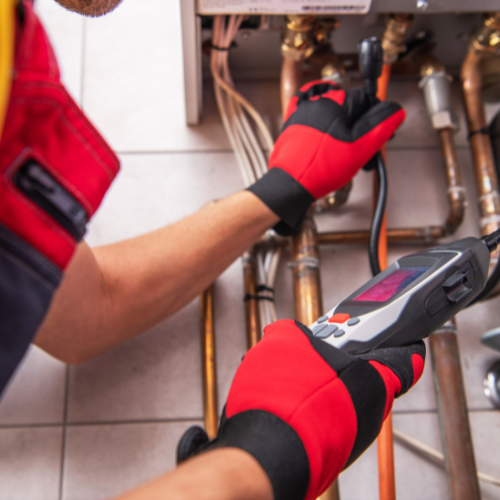Fast, Reliable Heat in the Rio Grande Valley
Heating System Repair & Troubleshooting
When your furnace won’t ignite, the heat pump blows cool air, or the blower won’t run, you need a heating repair pro in the RGV who finds the cause—not just the symptom. Treviño Repairs services gas furnaces, heat pumps, electric air handlers/heat strips, and ductless mini-splits. We isolate electrical, airflow, fuel/combustion, or refrigerant issues, make a clean, code-compliant repair, and verify safe operation before we leave—so your home or business stays warm on cool Valley nights. If you smell gas, leave the area and contact your gas utility or emergency services first.

Warmth Restored—RGV Wide
Services for Heating System Repair
We start with targeted diagnostics to separate electrical/controls, airflow/drain, fuel/combustion, and (for heat pumps) refrigerant problems. Then we repair what’s failed, correct the root cause, and confirm safe, efficient operation—no guesswork.
We service:
- Gas furnaces (80% & 90+% condensing)
- Heat pumps (heating mode) & dual-fuel systems
- Electric air handlers/heat strips
- Ductless mini-splits (heating) and light commercial package units
Electrical & controls:
- Breakers/fuses, transformer & low-voltage shorts
- Control boards, relays/contactors, capacitors, thermostat & sensor wiring
Gas furnace components:
- Hot-surface igniters, flame sensors (clean/replace)
- Pressure switches/hoses, inducer motors, vent blocks
- Limit/rollout switches, burners, gas valves
- Condensing furnace condensate traps/drains and intake/exhaust issues
Heat pump & strip heat:
- Defrost control, reversing valve, outdoor fan motors
- Capacitors/contactors, crankcase heaters
- Aux/strip heat relays & elements, sequencers
Airflow & indoor side:
- Filters, blower motors/ECM, belts, blower wheels
- Dirty/restricted indoor coils, duct restrictions/leaks
Safety & code checks (as applicable):
- Combustion/venting review and CO considerations
- Gas leak/pressure tests; electrical terminations torqued to spec
- Condensate safeties, clearances, and proper shutdowns
Heating Repair vs. Tune-Up — What’s the Difference?
A repair targets the fault stopping heat now—failed igniter or flame sensor, tripped limit, inducer or blower motor issue, defrost/control fault, bad capacitor/contactor, or aux heat failure. We fix the part and the cause (dirty burners, blocked vent, clogged filter, wiring problem) and verify performance. A tune-up is preventive: burner cleaning/inspection, temperature-rise check, drain/condensate service on 90+ furnaces, electrical testing, airflow/static measurements, and (for heat pumps) charge/performance checks. If you have no heat, start with repair diagnostics; if it runs but underperforms—or it’s been a year—book a tune-up.

Know the Warning Signs in the Rio Grande Valley
When to Schedule Heating Repair
No heat or lukewarm air, furnace short-cycling, frequent breaker trips, outdoor unit frosting without defrost recovery, burning or gas odors, loud start-ups or grinding/blower squeal, repeated igniter or flame-sensor faults, thermostat won’t reach setpoint, or rising winter bills are all red flags. Water under a 90+ furnace, a tripping float switch, or soot/rust near the burner/vent also need attention. Treviño Repairs will isolate the issue and restore safe, reliable heat for your RGV home or business. If you smell gas, leave and contact your gas utility first.
What to Expect with Treviño Repairs
Our Heating Repair Process
Assess & Triage. Confirm symptoms, model details, and recent work; verify thermostat calls and basic power/fuel.
Protect & Prep. Shoe covers, drop cloths, safe disconnects/shutoffs, and neat panel removal.
Electrical & Controls. Test breakers/fuses/transformer, check board/relays, capacitors/contactors, sensors, and thermostat circuits.
Airflow & Safety. Inspect filter/returns, blower and wheel, measure static pressure; verify safeties (limit/rollout/float).
Fuel/Combustion or Heat Pump.
Furnace: inspect burners/igniter/flame sensor, inducer & pressure switch, venting/combustion air; check temperature rise.
Heat pump: verify defrost logic, reversing valve operation, outdoor fan, and performance (superheat/subcooling where applicable).
Repair & Verify. Replace failed components, clear drains/vents, correct wiring, set blower speed; confirm steady operation and quiet run.
Clean Up & Walkthrough. Tidy the area, review findings/prevention tips, and provide clear next-step options.

Real Stories. Real Results.
What Our Customers Are Saying
EXCELLENTTrustindex verifies that the original source of the review is Google. Very professional. Got the job done very quickly. Would definitely recommend.Posted onTrustindex verifies that the original source of the review is Google. Very professional and answered all questions I asked. Will call again if I have other electrical problems.Posted onTrustindex verifies that the original source of the review is Google. Great Service: We had a leak and couldn’t figure out where it was coming from. Eduardo took his time to find the source, kept me updated throughout the process, and finally discovered it was an AC leak. Just last week, we had paid another company to fix the same issue, but they didn’t do the job correctly. Eduardo explained everything clearly, offered to correct the problem, and even charged less than what we had previously paid the other company. Once he identified the leak, he made sure it was completely taken care of. I called today, and they arrived in less than an hour—excellent service! Eduardo was the best, and I highly recommend him company.Posted onTrustindex verifies that the original source of the review is Google. Great service, super fast and convenient. Valente came out same day, identified the problem in minutes, and built a solution in less than an hour. We appreciated that he provided options and up front pricing.Posted onTrustindex verifies that the original source of the review is Google. Had an electrical issue and called so many electricians. None were available and some didn’t answer at all or return calls. Called Treviños Plumbing, Electric, and HVAC and they scheduled us right away. Our technician, David, was very professional, friendly, patient, and fixed the issue! Great service! Thank you so so much! Highly recommended!!! Hopefully we won’t have any other issues for a while but if we do, I’m definitely contacting Trevino’s!Posted onTrustindex verifies that the original source of the review is Google. Great work by Eduardo, explained the problems thoroughly and fixed them quicklyPosted onTrustindex verifies that the original source of the review is Google. Had an emergency with my water pipe outside of my home. From what started with a leak water would not stop running, ended up being a whole fountain.(Water everywhere). Super panicked I call Trevino’s and they came to the rescue as quick as possible. So grateful and thankful for David D, he took our call and fixed our issue. Super fast service and arrival time 5 stars all the way. Thankyou so much.Posted onTrustindex verifies that the original source of the review is Google. Lee cordero from brownsville tx.This company went above and beyond for my dad.We called 3 other companys that were no show.This company is the best and they really work with your schedule and there super affortable and take there time to do the best work possible. My dad a vet and he has been dealing with this ac issue for months this company and there techos took there time for my dad when no else did hands of best company to go with .I highly recommend them .Thank you Tervino team. Antonio finally put my family at ease with this ongoing issue that no one else could figure out.Posted onTrustindex verifies that the original source of the review is Google. 5 stars, fantastic service! I will only hire this company from now on!!!!Posted onTrustindex verifies that the original source of the review is Google. Jiovanni, came by today for a call back at our house. He was pleasant professional, and quickly took care of the problem. We were very impressed with the service and the company. I praise God for the quick response, thank you again!Verified by TrustindexTrustindex verified badge is the Universal Symbol of Trust. Only the greatest companies can get the verified badge who has a review score above 4.5, based on customer reviews over the past 12 months. Read more
Heating System Repair Questions, Answered
Straightforward answers before you book—symptoms, costs, fixes.
Why does my furnace keep shutting off after a few minutes?
Often a limit switch is opening from overheating (dirty filter/coil, weak blower, blocked vents) or a control/pressure-switch issue. We check airflow, safeties, and combustion.
My heat pump runs but blows cool air—normal?
Heat pumps deliver gentler supply temps than furnaces, but persistently cool air can mean defrost or reversing-valve problems, low airflow, or charge issues. We test and verify.
I replace the igniter every year—what’s wrong?
Igniter failures can be caused by over-firing, contamination, or improper handling; we verify gas pressure, temperature rise, and burner alignment to stop the cycle.
Water under my furnace—should I be worried?
On 90+ condensing furnaces, a clogged condensate trap/drain or venting issue is likely. We clear the drain, check traps and hoses, and verify safe condensate routing.
Do you carry common parts?
Yes—capacitors, contactors, igniters, sensors, some motors/relays. Specialty boards/motors may require a follow-up; we install a safe temporary solution when appropriate.

Deals
- Deals
- Plumbing Deals
- Electrical Deals
- Cooling Deals
- Heating Deals
- Water Deals
Resources
- Why Us
- Memberships
- Expert Tips
- University
- Login



